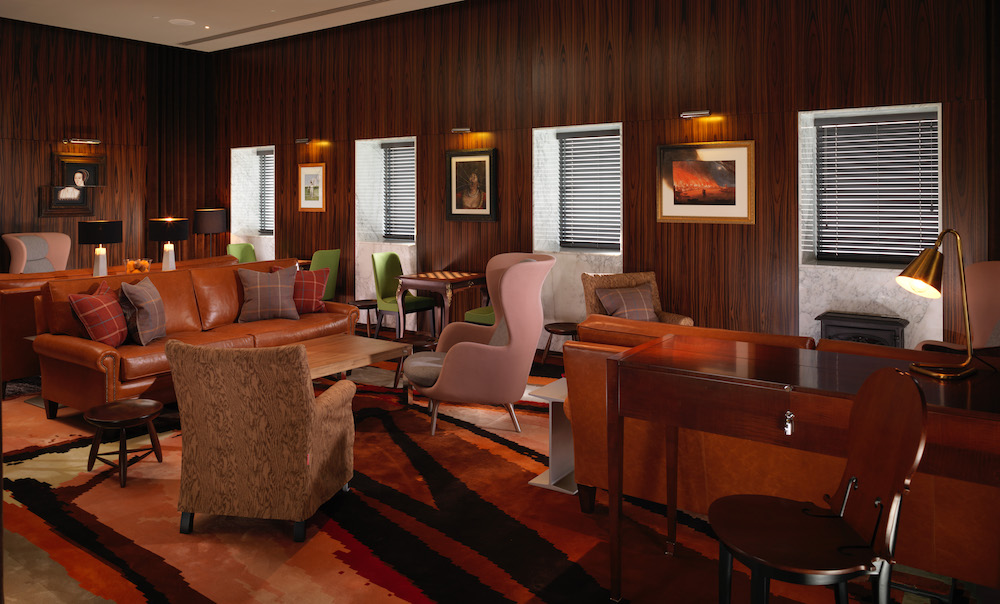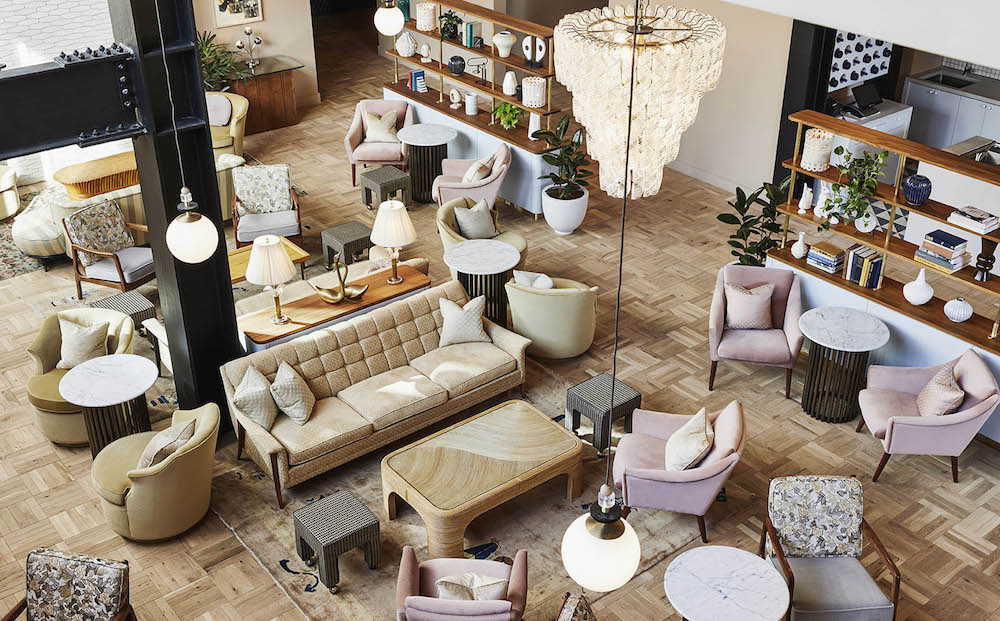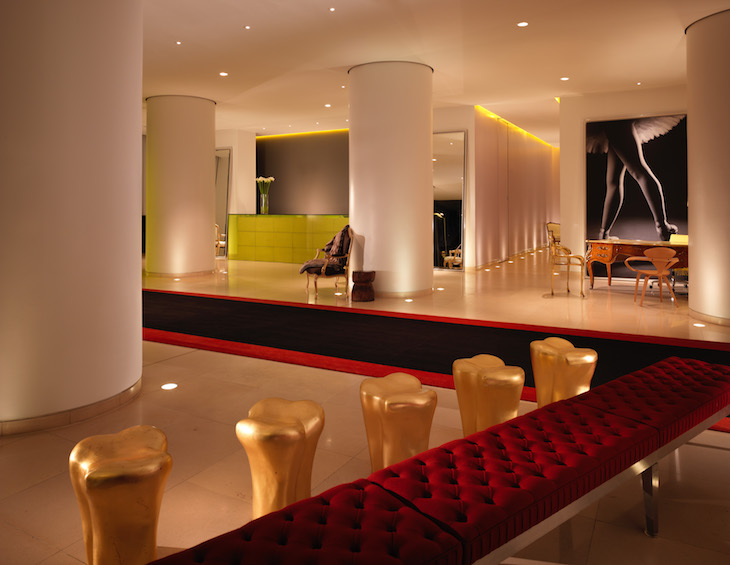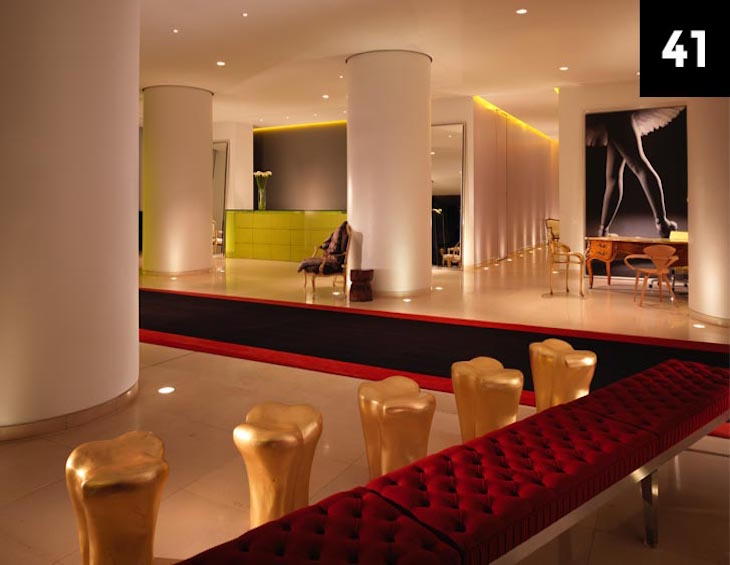Designing meaningful co-working spaces
https://hoteldesigns.net/wp-content/uploads/2020/02/SML-LOBBY-1.jpg 730 565 Hamish Kilburn Hamish Kilburn https://secure.gravatar.com/avatar/81d2884aeeac3c45e38c47cacc508c2178bab773320ff2d6a83bdcc803d93aec?s=96&d=mm&r=gGTHD
A GUIDE TO HOTEL DESIGN PT 41:
DESIGNING MEANINGFUL CO-WORKING SPACES
Art and FF&E logistics company Momentous explains why we must react to consumer demands for a flexible hotel public areas. The company’s Mike Brazier has explains what designers should consider when creating flexible working spaces…
I’ve just finished a consultation regarding a workplace project in central London where we are hoping to support, and now I’m on my way to join a work colleague for a meeting to discuss logistics support with an interior design and hotels projects contact of ours.
The destination is the beautiful five-star St Martins Lane Hotel. It’s centrally based and extremely convenient when you’re buzzing around the city looking for a relaxed space to meet clients.
I arrive following an eventful tube journey (not an uncommon situation in the capital) but the large and open hotel lobby instantly creates a strong sense of calm.
As well as bar, a lobby and a restaurant, there is also a snug (AKA- The Den); a peaceful retreat from the metropolis outside, ideal for checking emails as well as providing a good base for meetings in the city. As I set myself down and open my laptop, I take a look around and notice that I’m not alone. In fact, I realise there are quite a few other business people nestled around the room, all checking their emails, holding meetings and working pretty effectively. My colleague arrives shortly after me and it gives us some time to catch up, it all feels very constructive.

Image caption: The Den inside St Martin Lane Hotel, London
A fortunate appeal to the agile worker
When our contact arrives, the discussion instantly turns to the unique attributes of ‘bleisure’ hotels and the benefits they offer to agile workers. With hotel groups such as Hoxton Hotels and Citizen M leading a movement to create design-led, practical public areas, could the possibility of exchanging our offices for hotels as co-working locations be a reality?

Image credit: Hoxton Hotels
Of course, what we are talking about is nothing new. Business men and women have been holding meetings in coffee shops and hotels since commerce began. And co-working has been shaping the workplace market for years with companies such as WeWork, its many contemporaries and HubbleHQ creating flexible and funky workspace options for the next generation of businesses. Yet, hotel co-working offers something deeper.
In fact, when you look at hotels as another new option for co-working spaces, it starts to make a lot of sense. Many of them have the basic demands that consumers require. They are often located exactly where you need them to be with amazing travel links. They have Wi-Fi, power sockets, chairs, tables, informal meeting areas, boardroom-style rooms, refreshments and they are not dull spaces.
It is hardly any surprise to see that many of the large hotel chains such as AccorHotels X WOJO, Marriott International and their Sheraton brand are redesigning their lobbies are following quirky hotel brands to create co-working spaces and rethinking the type of services and resources that would convert the casual agile working visitor into adopting them as a patron willing to pay more for their services.
What hotel designs can be implemented do to capitalise on this opportunity for coworking?
Based on the collective experience of interior design, hotels and workplace in the room you can imagine that we had plenty of ideas flashing around. One of the key challenges would be that workplaces can get quite noisy with phone calls and the general level of communication, so hotels would need to work on a way around this.
Data security, networks and call handling, are all factors that need to be taken into consideration. In reality, these are all challenges that a designer and workplace specialist would have no problem overcoming. There are also some ready and off the shelf options that can be easily incorporated. Work pods can solve many of the challenges listed above and we have access to those today. The trick would be, how do hotels get this to flow into their existing core hotel proposition.
For hotels that are restricted with space, usually urban hotels, the hotel lobby has to work harder. For it to be able to transformed into different atmospheres throughout the day, the lobby has to be flexible in its design. Using a neutral coloured surface, with art pieces injecting personality, the lobby will become a blank canvas of ideas. Modular furniture will adapt with your guests’ needs and can allow the space to transform quickly without fuss.
There isn’t a ‘one size fits all’ solution for designing co-working spaces in hotels. One thing is for certain, the hotels that are at the curve of this movement are using innovation, new technology and clever design to to create meaningful functional spaces that are appealing to work and hold meetings in.
Main image credit: St Martins Lane Hotel



